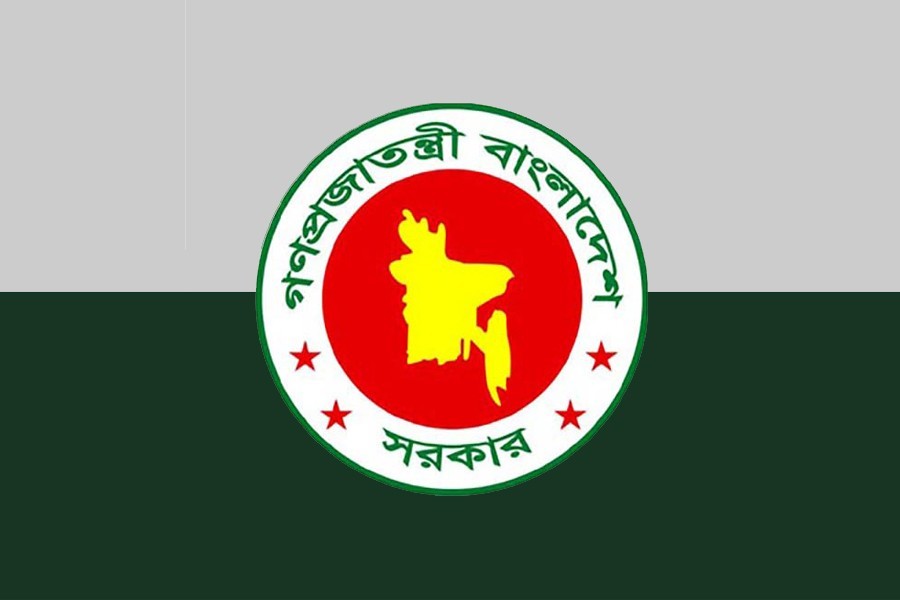Although the government has shrunk the percentage of expenditure on pay and allowances of the public servants against the total budget in the running fiscal, it will be raised again in fiscal 2022-23 (FY23).
According to an official document, the projection of expenditure on pay and allowances of the public servants is 12.4 per cent against the total budget, which is Tk 814.3 billion, while it will be 12.5 per cent, which is Tk 925.2 billion.
Expenditure on pay and allowances was 13.8 per cent of the total budget in FY15, which was Tk 288.2 billion, as per a UNB report.
However, the document stated that a little upswing was noticed in FY16 (16.7 per cent, which was Tk 400.5 billion) that continued till FY17 (18.2 per cent which was Tk 490.4 billion) due to the introduction of a new pay scale by the government.
It was reduced to 14.8 per cent (Tk 478.5 billion) and 13.6 per cent (Tk 534 billion) of total expenditure during fiscal FY18 and fiscal FY19.
Likewise, it has further been reduced to 12.2 per cent which is Tk 656.1 billion in the revised budget of FY21 fiscal while it was 12.7 per cent or Tk 569 billion.
In the fiscal FY22 expenditure in pay and allowances is 11.8 per cent of the total budget, which is Tk 713.5 billion.
The document said that the expenditure on goods and services as a percentage of total expenditure remained around 7.0 per cent during fiscal FY17 to fiscal FY20.
In FY16 and FY17 fiscal it was 7.6 per cent or Tk 182.1 billion, and 7.6 per cent or Tk 205.5 billion respectively.
In FY18 fiscal and FY19 fiscal the expenditure was 7.3 per cent or Tk 234.8 billion and 73 per cent or Tk 285.7 billion.
In FY20 the percentage was dropped to 7.0 per cent while the amount was Tk 289.8 billion.
To keep this outlay within a comfortable range through budgetary process, government has taken several measurers that includes enhanced transparency of transfer through e-GP and improved public procurement management.
The expenditure was 6.3 per cent for FY21, which was Tk 337.7 billion.
In the medium term, the allocation on these heads has been estimated to follow a steady trend. In FY22 the amount is estimated at 6.2 per cent of total expenditure, which is Tk 373.4 billion, while in FY24 this will be 6.6 per cent or Tk 488.8 billion and Tk 426.5 billion or 6.5 per cent of the total budget for FY23.
Amid the coronavirus crisis, the government had taken up a comprehensive plan with four main strategies.
These are: discouraging luxury expenditures, prioritising government spending that creates jobs, creating loan facilities through commercial banks at subsidised interest rate for the affected industries and businesses, and expanding the coverage of the government's social safety net programmes.
Public expenditure broadly includes all government consumption, investment and transfer payments. Current expenditure and capital expenditure are the two major categories of budget allocation.
Current expenditure consists of wages and salaries paid to the government employees, purchase of goods and services, subsidy and transfer payments and interest paid for domestic and foreign loans. Expenditures of account of 'food account operation' also includes into current expenditure category.
On the other hand, capital expenditure comprises addition to and creation of productive assets. The Annual Development Programme (ADP) and non-ADP capital expenditure are the two major categories of capital formation through government expenditures.
Moreover, capital expenditure includes loans and advances, development programme financed from revenue budget, non-ADP project, and non-ADP FFW (Food For Work) and transfer.
Considering the context of developing countries like Bangladesh, expanding the size of current expenditure is important for improving the quality of public service delivery and meeting the demand for maintaining the existing infrastructure network.
On the other hand, growth of capital expenditure is desirable to meet the growing demand for public investment.


